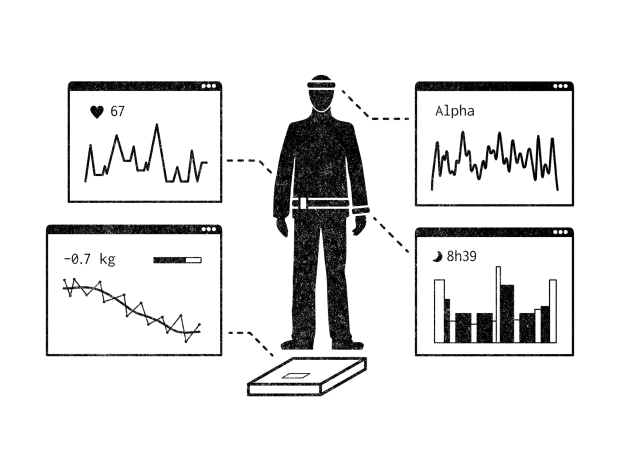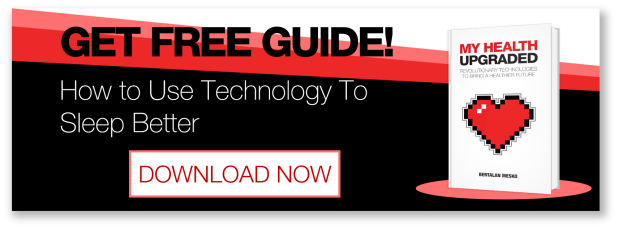How I Optimized My Sleep With Technology

As a data geek, I’ve been quantifying my health for over a decade, measuring different aspects of my life in order to improve it.
For years, I was frustrated by the quality of my sleep. One day, I’d wake up refreshed after just 6 hours of sleep, but another I spent fatigued, even after getting the “recommended” 8 hours of shuteye. Given how important proper sleep is to brainpower, health and overall well-being, I wanted to optimize how I spent my nights.
As many struggle to get a good night’s sleep, I decided to lay down how I measured, understood and optimized mine. Here’s my guide to sleeping better with technology.

Getting started with improving sleep quality: Finding the problem
A mistake people often make when wanting to use technology to live better is rushing to buy a wearable device. Devising a way to optimize your life is up to you. A wearable can only show you data, which won’t be actionable if you don’t know what should be changed.
As each health tracker has different features, you must find the one that can solve YOUR problem. So the first step is understanding the problem itself.
I knew I wasn’t satisfied with my sleep quality, but to understand more, I started scoring my sleep every day. To learn exactly what I measured, check my free, step by step guide to hacking sleep.
Measuring sleep quality
Making a simple graph in an Excel spreadsheet made it clear that I regularly make mistakes before going to bed, as my subjective sleep quality often plummeted. But the change in quality didn’t depend greatly on time spent sleeping, or other often cited factors in sleep quality. So the scores helped me realize there are many things to improve, but without precise data about sleep quality, the best I could hope for was trial and error approach. To dig deeper into what made certain nights refreshing and others frustrating, I needed more data. It was time to look for a wearable device.
I purchased a small device, Withings Pulse, which, worn on the wrist, measures sleep quality. I chose it because it offers detailed sleep data such as how much time it took to fall asleep; how long light and deep sleep periods I had; and that is what I needed. It was also affordable with a cost of about 90 EUR.
One thing I often hear people worry about is wearing a tracker for the rest of their lives, but don’t worry! I only wore the device daily for about a month when optimizing my sleep. Nowadays I just put it on every other month or so – when I feel something’s amiss with my sleep quality.
In a week, I learnt more about my sleep than in decades before. It confirmed it doesn’t matter whether I sleep for 7 or 9 hours, as long as I have at least one long deep sleep period. Crucial information that flies in the face of common sense.
Improving sleep quality based on data
Now that I had found out how high quality sleep looks like for me with help from Withings Pulse, it was time to find out how to get more of it. The device couldn’t help me do this, so it was time for some experimentation.
I started compiling a list of things I should and should not do before going to bed. I tried each and measured its impact. If something like increased exercise or eating a certain type of food increased my time spent in REM sleep, I noted it down, then tried another. In another week, I learnt I should not exercise after 8 pm or check my phone before falling asleep. These things, among others, definitely ruin my sleep quality.
Upgrading my health with technology
I couldn’t have done it without data and experimentation. But with a simple and affordable device, my sleep quality today is not random, but consistently great and I don’t need to sleep with a device anymore. When I sleep badly for two consecutive days, I re-measure to make sure I’m still on the right track.
This free guide is only part of the story of upgrading my health with available and affordable technology. As well as improving sleep, this strategy helped me be more active, improve cognitive capacity and reduce stress. If you want to learn how health technology enables us to live a better life, check out my recent book, My Health: Upgraded.








Just because eating a certain food or performing a certain activity before sleeping does not mean that that specific activity caused an increase in REM sleep. It may have been caused by a third factor or variable. Just a thought.
That is why I’m constantly working on new methods.